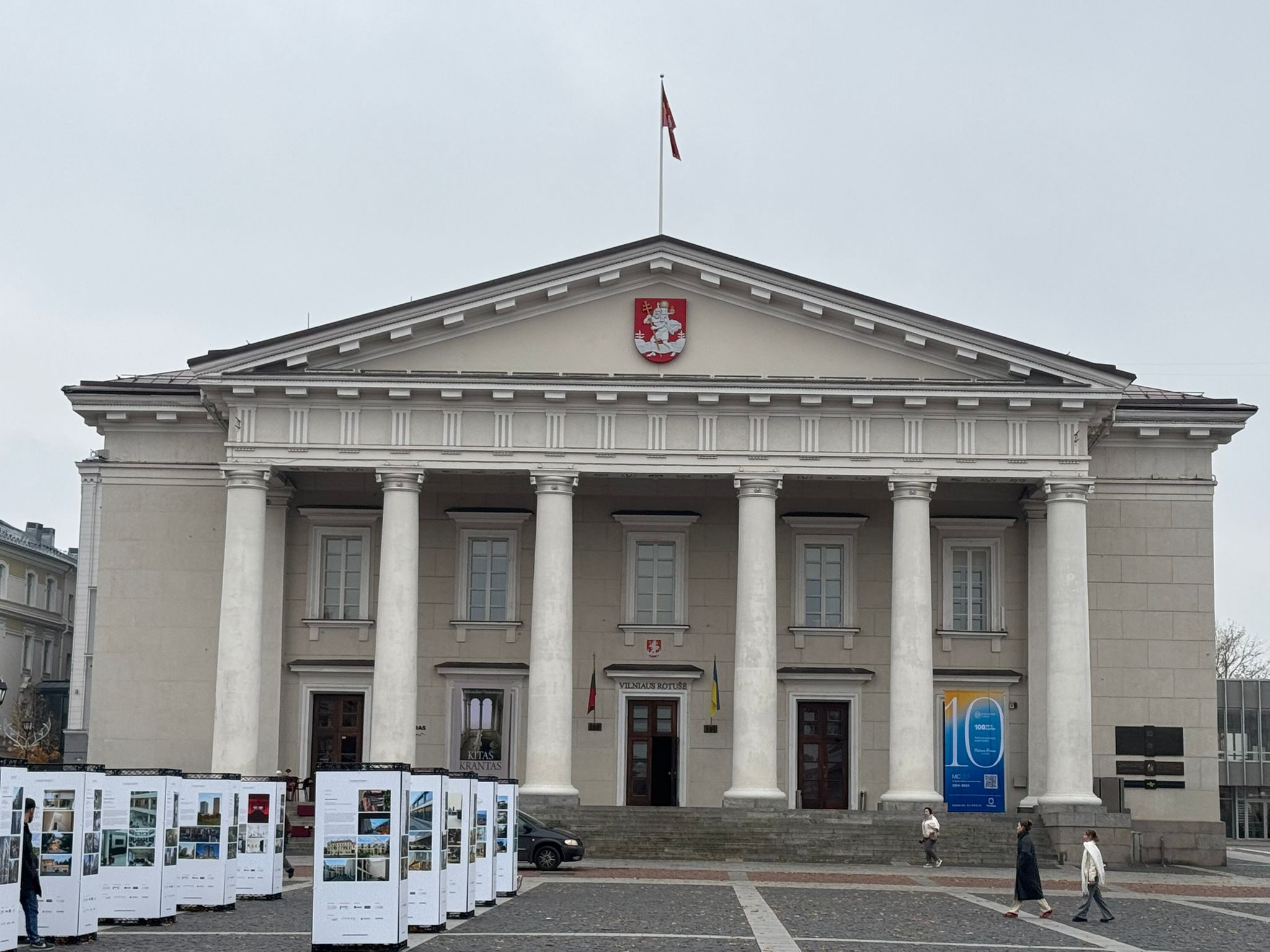Vilnius Town Hall

213

3

2
Vilnius Town Hall is one of the three remaining historical town halls in Lithuania and the most prominent landmark of Town Hall Square. It was first mentioned in 1503 when Vilnius gained self-governance under Magdeburg rights. The original Gothic-style two-story building housed meeting rooms, an archive, a treasury, grain and weapon storage, and a prison in its basement.
In the 18th century, the town hall was reconstructed by the renowned architect Jonas Kristupas Glaubicas. The tower was redesigned into an octagonal shape with a clock and bells that announced events and marked the hours. Today, the town hall stands as a symbol of Vilnius's self-governance and cultural history, attracting visitors from around the world.
Info
-

Architecture
-
Vilnius

 Entertainment
Entertainment
 Food establishments
Food establishments





























 54.678091, 25.286905
54.678091, 25.286905
 Get directions
Get directions









